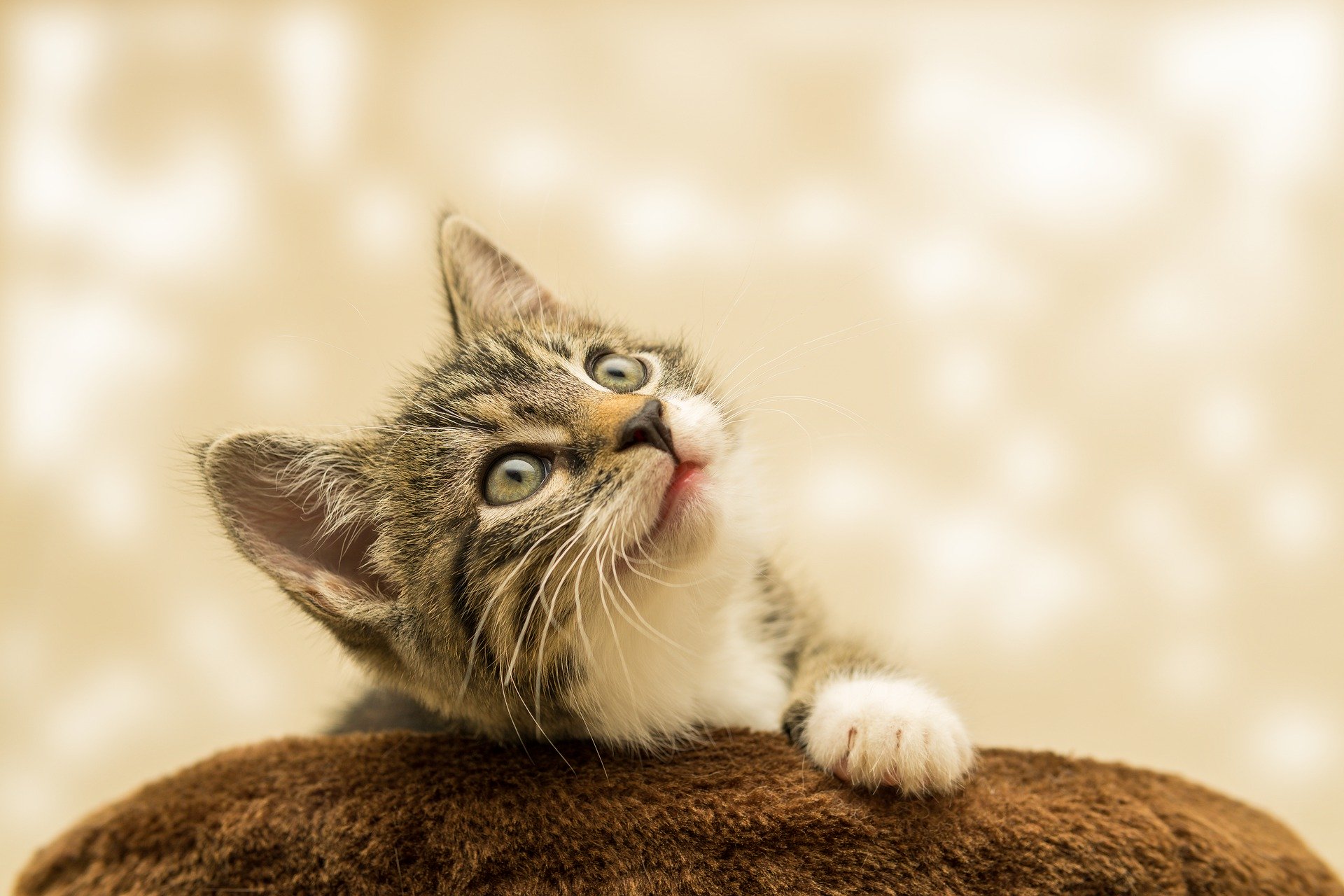
You just adopted a hairy guy. She is cute, with her eyes open and attentive to everything that happens around her. It looks like a stuffed animal, right? But the truth is that he is a little devil who, as soon as you expect it, will start running around the house and playing while you have fun watching him.
These moments are not going to last, sadly, forever. In a few months he will be a cat man who will weigh ... How much will he weigh? If you don't know the answer, don't worry. Next I'm going to tell you how to know how big my cat will be.
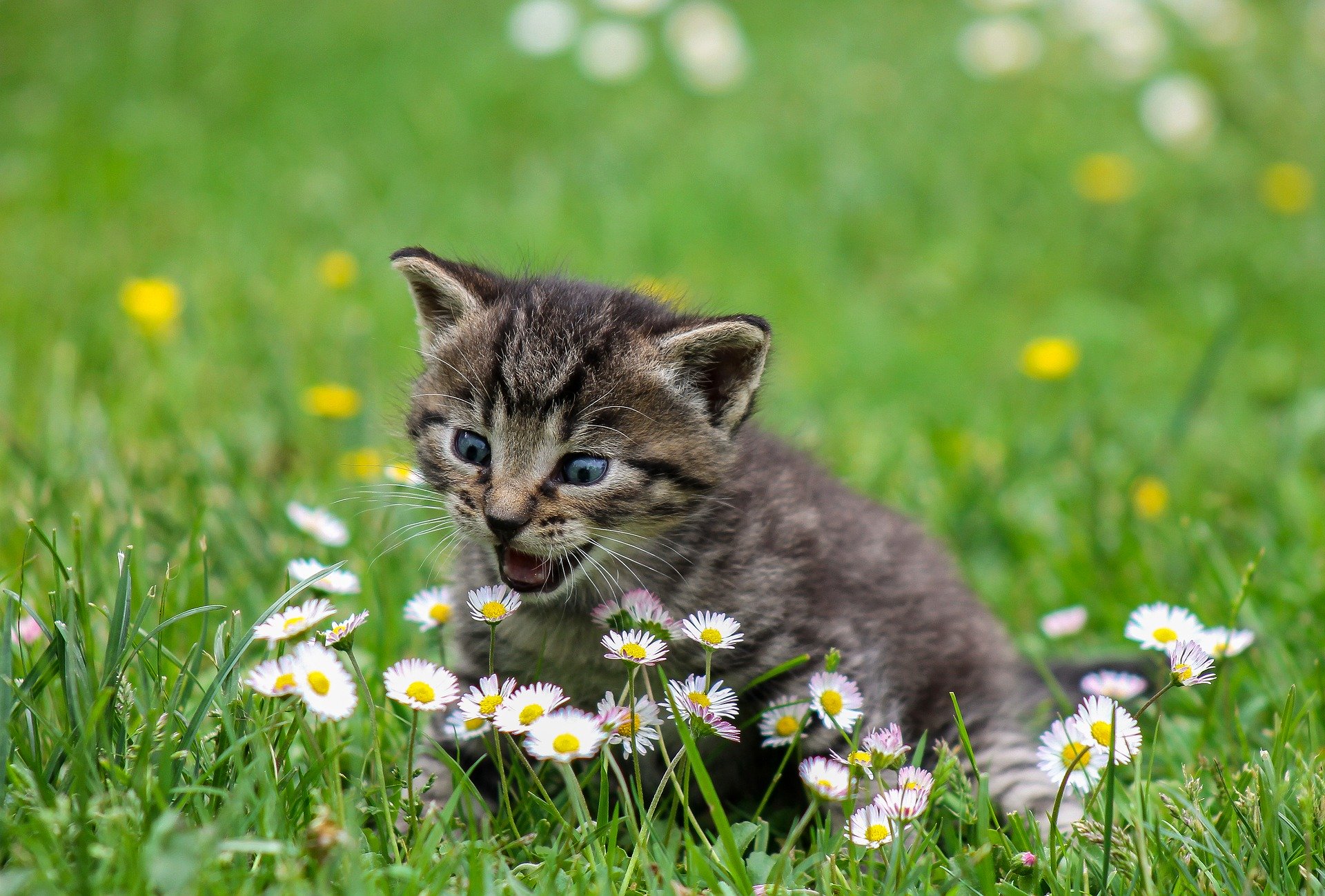
If the cat is purebred, you can get an idea of what it will weigh by informing yourself at the vet or at our same blog. For example, if it is a Ragdoll, it can weigh between 6 and 9kg; if is one Siberian between 4 and 9kg, or if it is a singapore between 2 and 4kg. But if it is a common European or mongrel cat, it is not so easy.
To make it a little you will have to look at the morphology of your kitten, and observe above all its legs. If they are of good size and look robust, it is almost certain that they will weigh more than 4kg once they are adults, since the body develops in a proportionate way.
Still, you have to keep in mind that there are several external factors that can influence its growth, such as diet, health and early neutering (before five months). If an animal is not well fed and / or is weak, it is most likely to remain small, as happened to one of the kittens in the feline colony that I am caring for.
This little girl is a common European who has not had much luck. She was born without an eye, the mother apparently got rid of her early, and one day she came to the garden with her sister, who unfortunately did not go forward.
Little by little, he has been gaining confidence and now (April 2017) he has begun to gain weight. Although he is 7-8 months old, looks like a 5-year-old kitten. It weighs very little, I don't think it will reach 2kg. It's her:
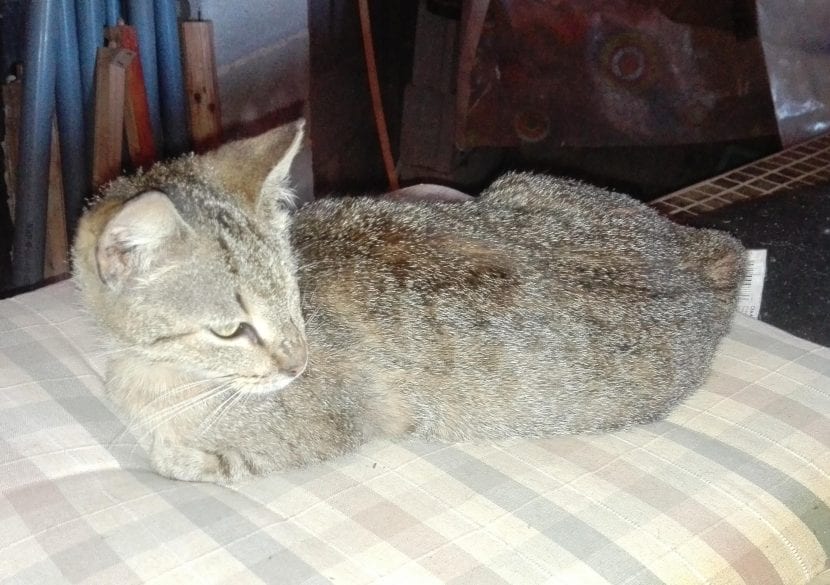
When you first bring a kitten home, you may wonder how big the kitten will grow. The average domestic cat should weigh between 4 and 5 kilos, but some animals can be larger or smaller depending on their genetics and diet.
Kittens paw size
The size of your kitten's paw does not determine how big your cat will be as an adult. A kitten with large feet that also has relatively large bone structure or is larger than the rest of its littermates can grow into a larger cat. but you really won't know for sure until the kitty matures.
There is no verified scientific evidence that the size of a kitten's paws, and only the size of the paws, is an accurate predictor of the cat's size as an adult.
Factors that affect the size of the paw
Your kitten may appear to have large legs because he is physically large, or because he appears to have large bones due to being underweight. Your kitten's paws are unlikely to look skinny even when the rest of the cat is. Your kitten may also appear to have large paws if he has a lot of fur covering his paws or has extra toes. Neither of these paw size factors will significantly affect the adult size of the cat.
Heredity will affect the size of your cat
Although paw size is not an exact indicator of how big your kitten will be as an adult, you can predict its mature size by looking at its adult parents and siblings. A kitten is unlikely to be significantly smaller or significantly larger than its siblings or parents unless a health problem has occurred. Genetic conditions can affect the mature size of your kitten. Some breeds of cats, such as the Maine Coon and the Persian, grow to sizes larger than the average house cat..
Nutrition and care
How you care for your kitten will also play a role in its adult size. An overweight cat will be much larger than one that is at a healthy weight or has been deprived of the nutrition it needed to grow properly. If you want your kitten to reach a healthy size, you should take him to the vet regularly to monitor his health as he matures. You have to make sure you follow all the vet's advice on how to properly care for your kitten.
How is a cat's tail related to its size?
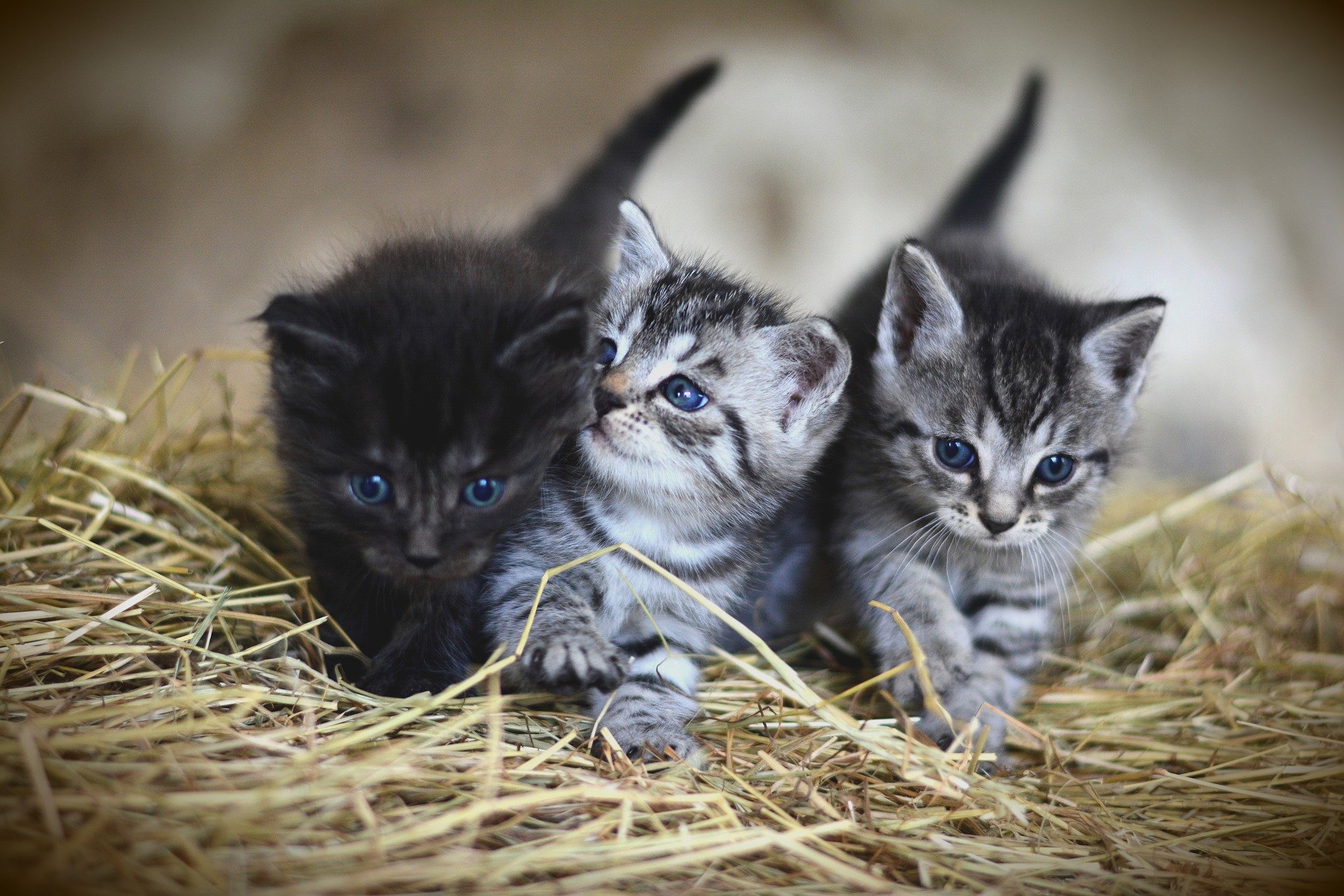
In addition to expressing its mood, your cat's tail helps it balance and puts an exclamation point on its attitude. This wonderful piece of feline anatomy varies in length by breed and size, and some cats don't have any.
Anatomy of a tail
A cat's tail has about 20 vertebrae enclosed in muscles and held together by ligaments and tendons. About 10% of a cat's bones are in the tail. A cat can hold its tail vertically, wag it from side to side, or put it down between its legs.
The size of the tail will depend on the size of the cat, and it will be used primarily for communication. If you move it quickly for example, you may want to be alone, if you hold it up and the tip shakes, it will be happy to see you. If he walks along a fence and looks in one direction, you will notice that his tail will move in the other direction, changing your center of gravity.
Breed standards
The length of the tail in centimeters is not specified in breeds, but in some breeds, the standard describes the tail in reference to the length of the body. For example, the standard American curl requires a tail equal to the length of the body, and a Burmese's tail should be of medium length, in "nice" proportion to the body.
Breed standards don't always refer to the length of a tail, but when they do, the length is relative to the length of the body, or equal to the length of the body from the shoulder blades to the base of the tail.
Mixed breeds
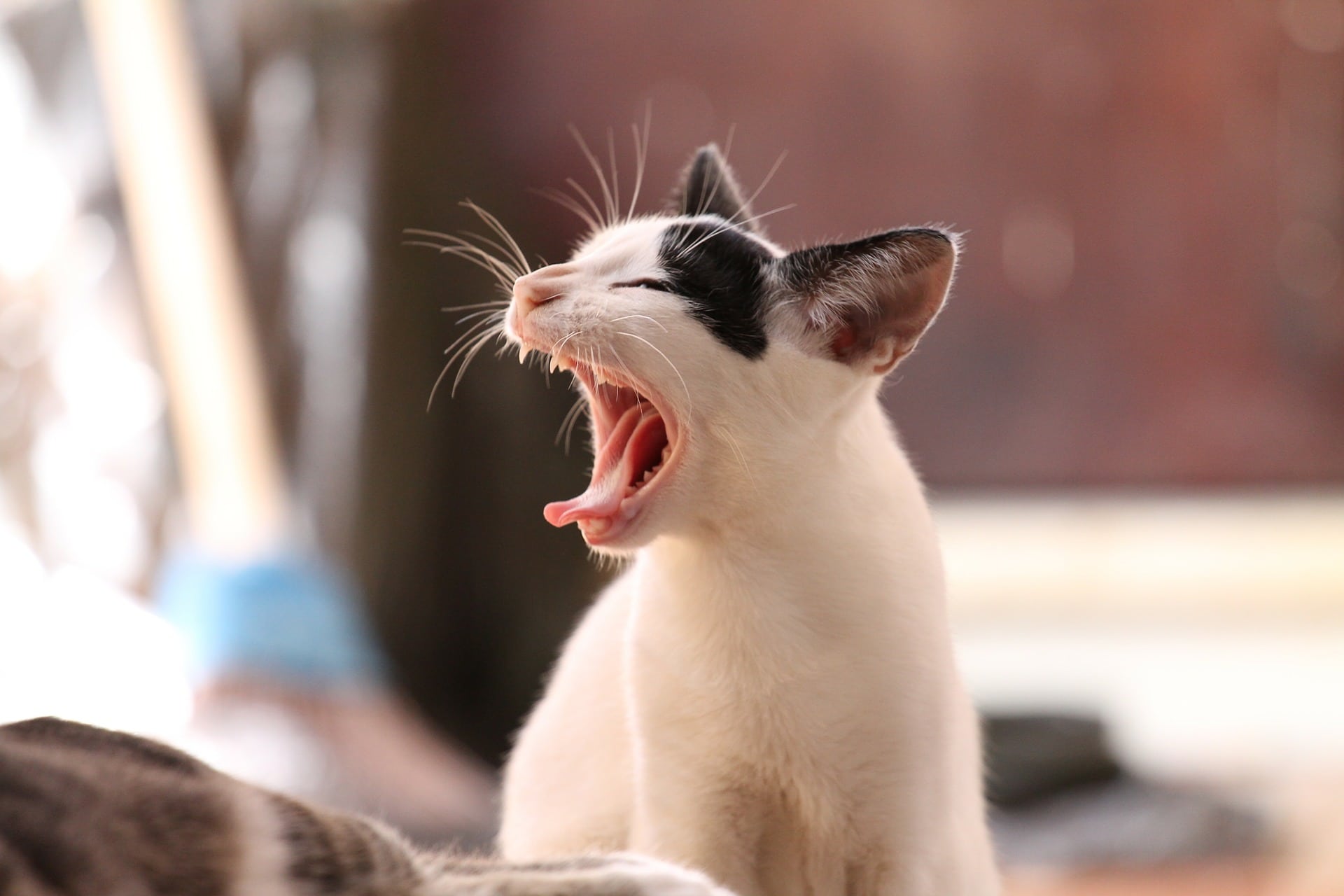
Chances are your fabulous feline is mixed up, most cats are. Their tail may or may not be the same length as their body, or their tail may appear extra long or short for their size.
In general, however, a cat's tail will be close to the length of its body. If you're curious and your cat just won't sit still with the tape measure, you can try to stand it up on its hind legs and see if the tail still reaches the ground, that is, if it is not bent, curled or wagging. Many mixed breed cats carry genes that affect the structure and length of the tail, resulting in these unusual-looking tails.
Cats without a tail
The Manx is most recognized for its lack of a tail, but this breed's tail can be of various lengths. The gene for the lack of a tail in a Manx is different from the gene that produces the short, twisted tail of a Japanese bobtail.
In mixed breeds, short tails, twisted pompoms, kinks, and everything in between can be seen, and these cats can be any size. It's interesting to note that tailless and short-tailed cats have no trouble balancing, illustrating that if they don't have a tail, their inner ear system works well for those high wire antics.
The tail of the cat can also determine the size of the cat, but as you can see, it can depend on many factors. Although the size of your cat does not matter, what matters is all the unconditional love that he is going to give you every day.
As you can see, there are several factors that will influence the development of the feline. If he is well fed and cared for, he will most likely reach his rightful size 🙂.